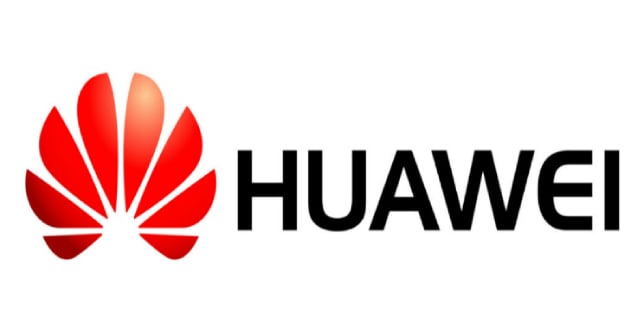While not named in the executive order, Huawei Technologies Co. Ltd. and its affiliates will be added to the Bureau of Industry and Security’s Entity List.
President Donald Trump on Wednesday issued an executive order aimed at preventing foreign companies from gaining access to certain U.S.-made technologies that could pose a threat to national security.
While not named in the executive order, the Commerce Department said it plans to respond by adding Huawei Technologies Co. Ltd. and its affiliates to the Bureau of Industry and Security’s Entity List.
The Entity List subjects U.S. exporters to specific export licensing requirements and prohibitions. Organizations or persons who violate U.S. export control rules — as defined under the Export Administration Regulations — are subject to criminal penalties and administrative sanctions.
In his executive order, “Securing the Information and Communications Technology and Services Supply Chain,” Trump warned, “Foreign adversaries are increasingly creating and exploiting vulnerabilities in information and communications technology and services, which store and communicate vast amounts of sensitive information, facilitate the digital economy and support critical infrastructure and vital emergency services, in order to commit malicious cyber-enabled actions, including economic and industrial espionage against the United States and its people.”
Trump called the situation a “national emergency.”
Commerce Secretary Wilbur Ross will work with his counterparts at the Justice, Treasury, State, Defense and Homeland Security departments, as well as the heads of the Office of the U.S. Trade Representative, National Intelligence, General Services Administration and Federal Communications Commission, to implement the executive order.
The Commerce Department is expected to issue regulations within 150 days to establish procedures for reviewing export transactions impacted by the executive order.
Senate Commerce Committee Chairman Roger Wicker, R-Miss., backed the president’s executive order and the addition of Huawei to the Entity List.
“This is a necessary step to prevent the use of communications equipment that poses a threat to the United States,” Wicker said. “I stand ready to work with the administration and stakeholders to protect our national security and win the race to 5G.”
Many trade observers view this move as part of the ongoing spat between the U.S. and China over technology domination. Huawei also has been accused by the U.S. and many other countries of allowing its technology to facilitate espionage on behalf of the Chinese government.
This action against Huawei marks the second time in two years that the U.S. has taken aim at a large Chinese telecommunication company with a significant dependence on American semiconductor technology.
In 2017, the U.S. government accessed penalties of more than $1 billion against China’s ZTE Corp. for its violation of export control regulations by shipping technology with U.S. semiconductor components to Iran. Initially, ZTE was placed on Commerce’s Entity List but was shortly followed by a “general license” that enabled continued trade with ZTE until it was determined that ZTE did not abide by the enforcement settlement.
This action was followed by an export denial order against ZTE in April 2018 that cut off the American semiconductor from hundreds of millions of dollars in component sales to the Chinese telecom. At the time, it was estimated that ZTE sourced about 60 percent of the materials and components for its smartphones from U.S. suppliers.
After meeting various compliance conditions, the Commerce Department in July lifted the export denial order against ZTE to the relief of U.S. industry.
However, U.S. semiconductor and other high-tech manufacturers have voiced concern that they’re falling behind in terms of research and development to China. This week the Task Force on American Innovation released its report, “Second Place America?” It spotlighted how the U.S. has fallen behind as technology leader to China. In 2005, the U.S. controlled almost half of the world’s 500 fastest supercomputers, while today it controls less than a quarter, the report warned.











